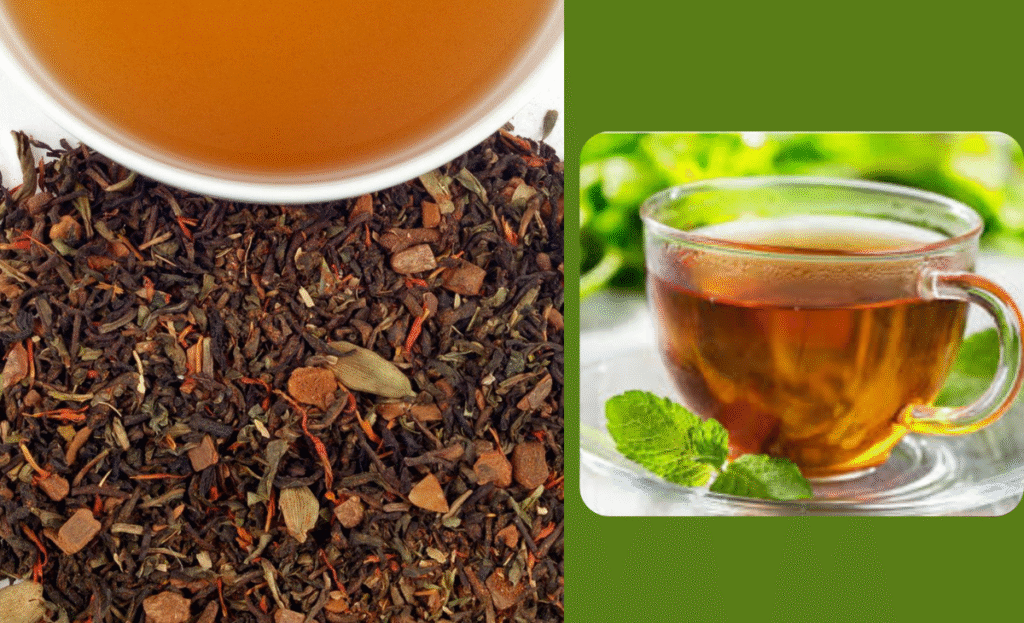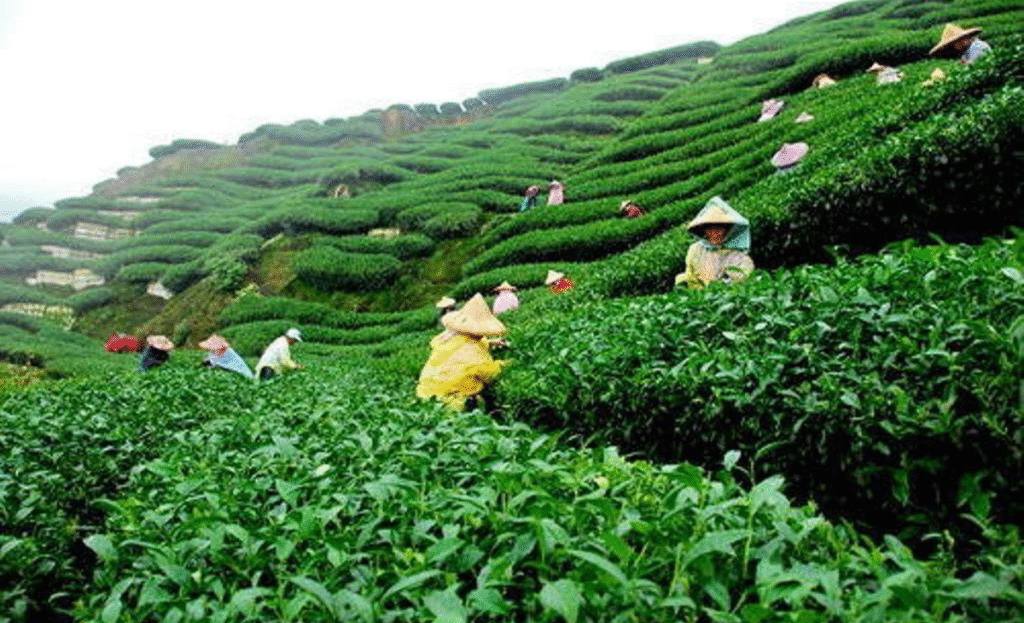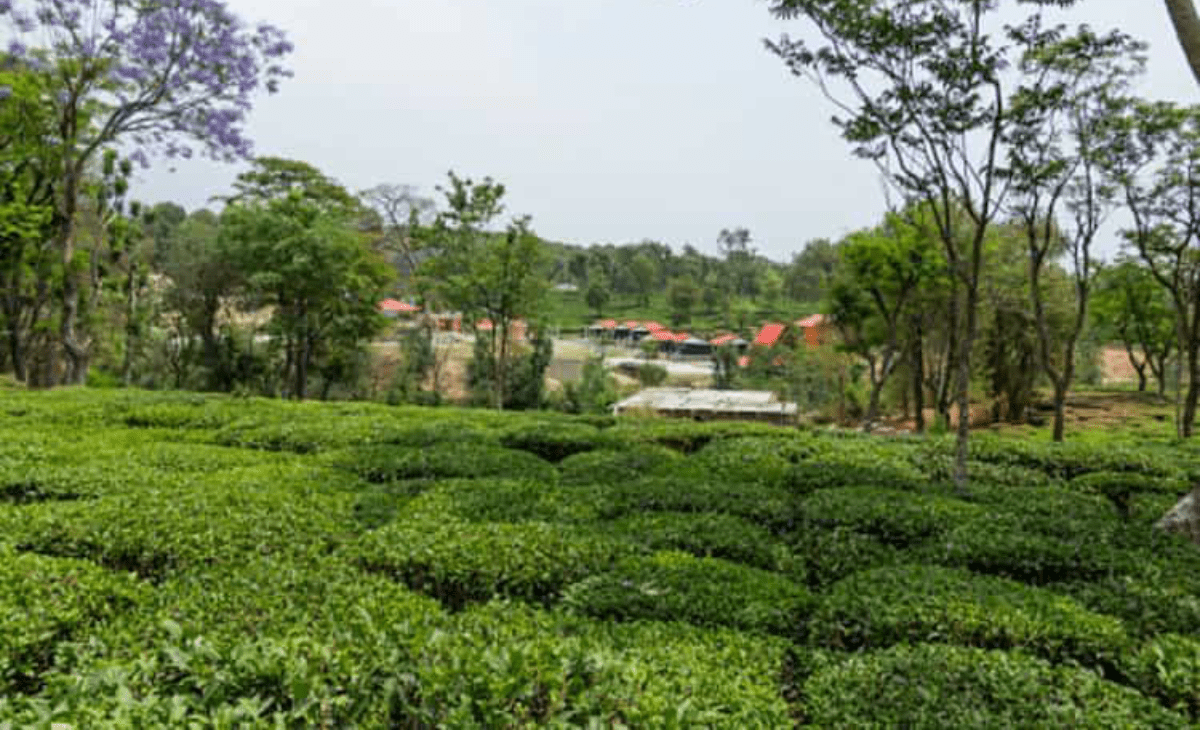Himani Sharma
Tea is believed to have originated in China. Over time, it gained immense popularity and became one of the most widely consumed beverages around the world. In India, the formal cultivation of tea began during the British colonial era.
In 1823, during the British rule, Robert Bruce initiated tea cultivation in Assam. By 1835, large-scale tea plantations had been established there. Eventually, tea cultivation spread to other regions of India that had favorable climates and temperatures for tea farming.

The main states where tea is grown in India include West Bengal, Kerala, Tamil Nadu, Tripura, Arunachal Pradesh, Mizoram, Meghalaya, Sikkim, Nagaland, Uttarakhand, Himachal Pradesh and Karnataka.
Each region’s tea is known for its distinct colour, flavour and quality along with the scenic beauty of its tea estates.
Kangra Tea
Kangra tea is primarily grown in the Kangra district of Himachal Pradesh. The region’s unique climate and geographical conditions make it highly suitable for tea cultivation.
Kangra tea is known for its distinctive aroma and flavour, making it highly sought after. Major tea-producing areas in the district include Palampur, Dharamshala, Bhawarna, Bir-Baijnath and Nagri. These tea gardens are also popular among tourists.
History of Kangra tea
Dr Jameson identified the Kangra Valley as ideal for tea cultivation in 1849. A Chinese variety of the tea plant, Camellia sinensis, was planted here. By the 1880s, Kangra tea was recognised as one of the finest teas produced in India.

It even won gold and silver medals at international exhibitions held in London and Amsterdam.
Distinct features of Kangra tea
Both black and green teas are produced in Kangra. The black tea has a naturally sweet taste while the green tea has a mild woody aroma and is considered excellent in flavour. Although Kangra is one of the smaller tea-producing regions in India, it is renowned for the superior quality, unique flavour and fragrance of its tea.
The temperature in Kangra is ideal for tea cultivation. Moreover, tea plants thrive in partially shaded environments, which are naturally provided by the region’s landscape. These specific climatic and geographical factors contribute to the unique qualities of Kangra tea.
Kangra tea received the Geographical Indication (GI) tag in India in 2005. Recently, it was also granted the GI tag by the European Union, significantly enhancing its international recognition and demand.
Health benefits of Kangra tea
Kangra tea is rich in antioxidants, which help protect the body from damage caused by free radicals. It is also considered beneficial for bone health. Some studies suggest that Kangra tea contains compounds that can strengthen the immune system and help prevent certain viral infections. The high antioxidant content in green tea is also believed to slow down the aging process and aid in healthy digestion.
Due to its unique climatic and geographical conditions, the Kangra Valley is exceptionally well-suited for tea cultivation. Although the region’s tea production is relatively small compared to other major tea-producing states in India, Kangra tea commands high demand worldwide due to its exceptional quality, aroma and flavour.

Himani Sharma





